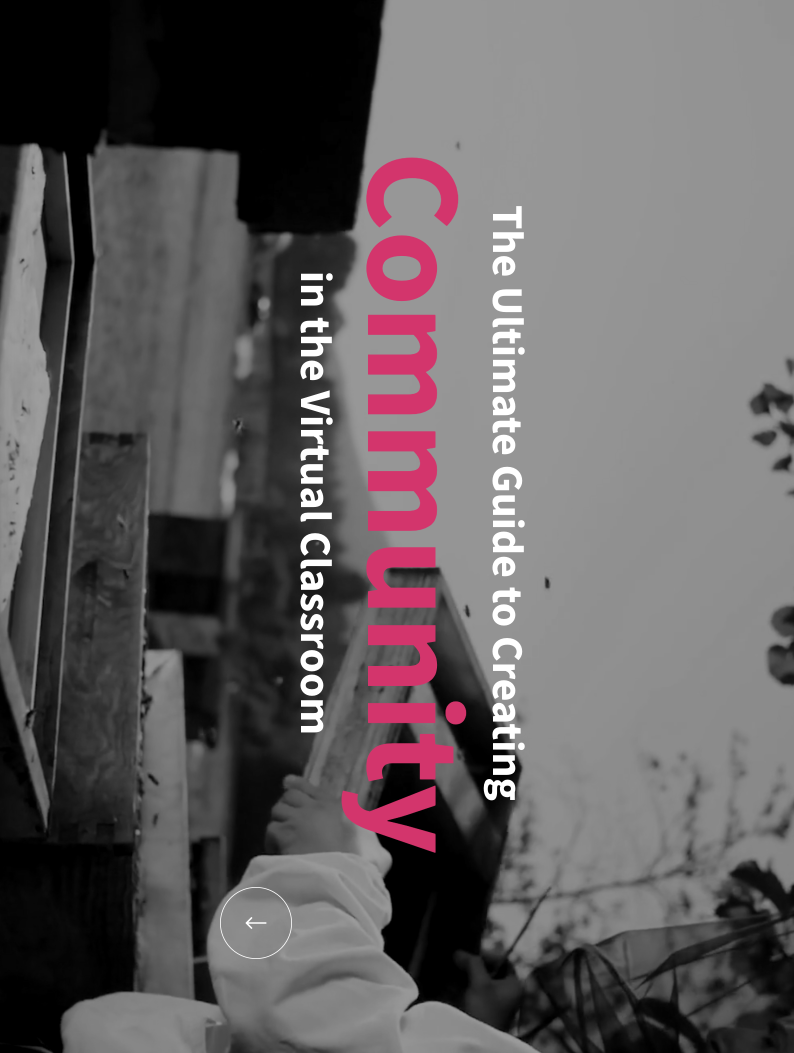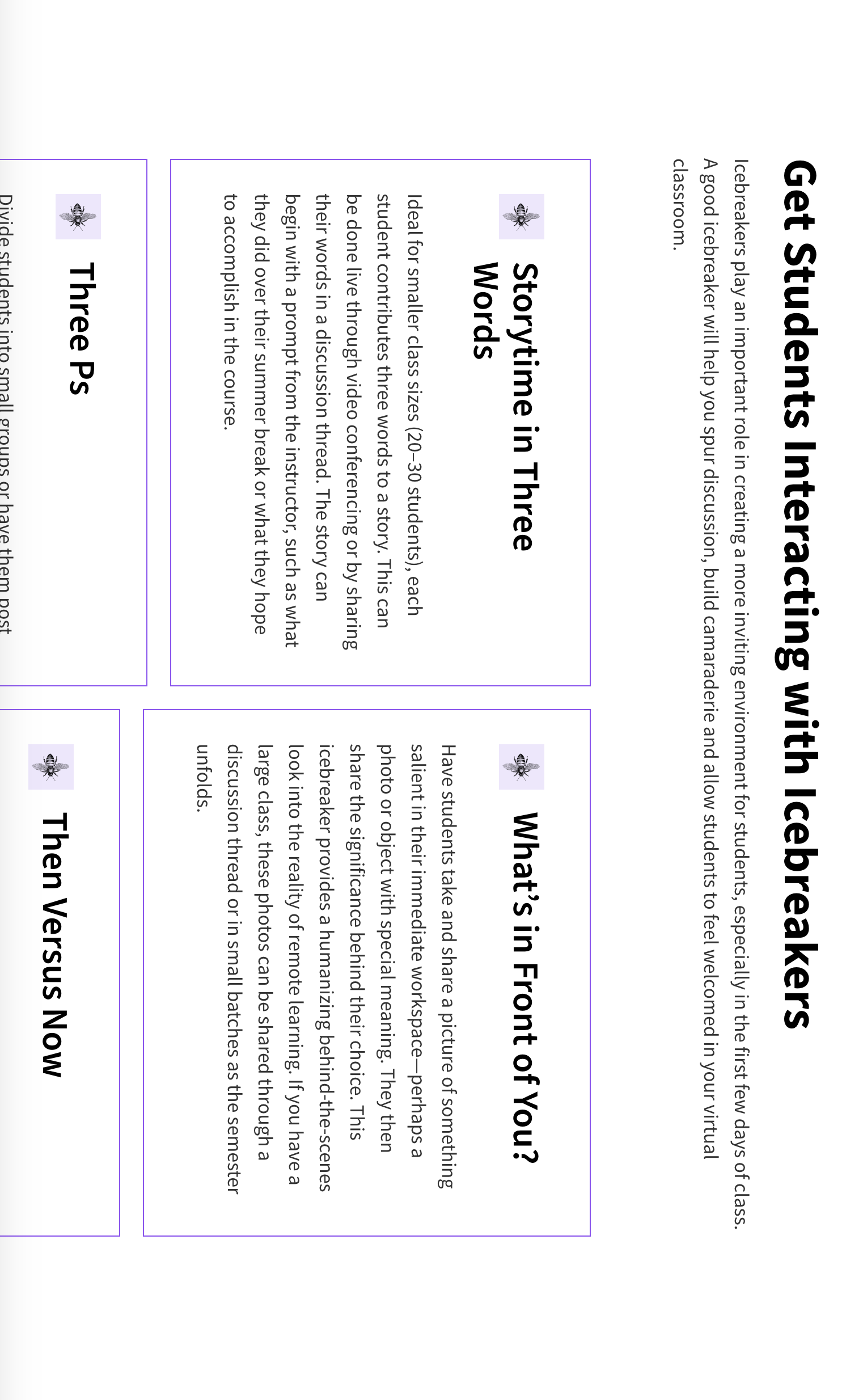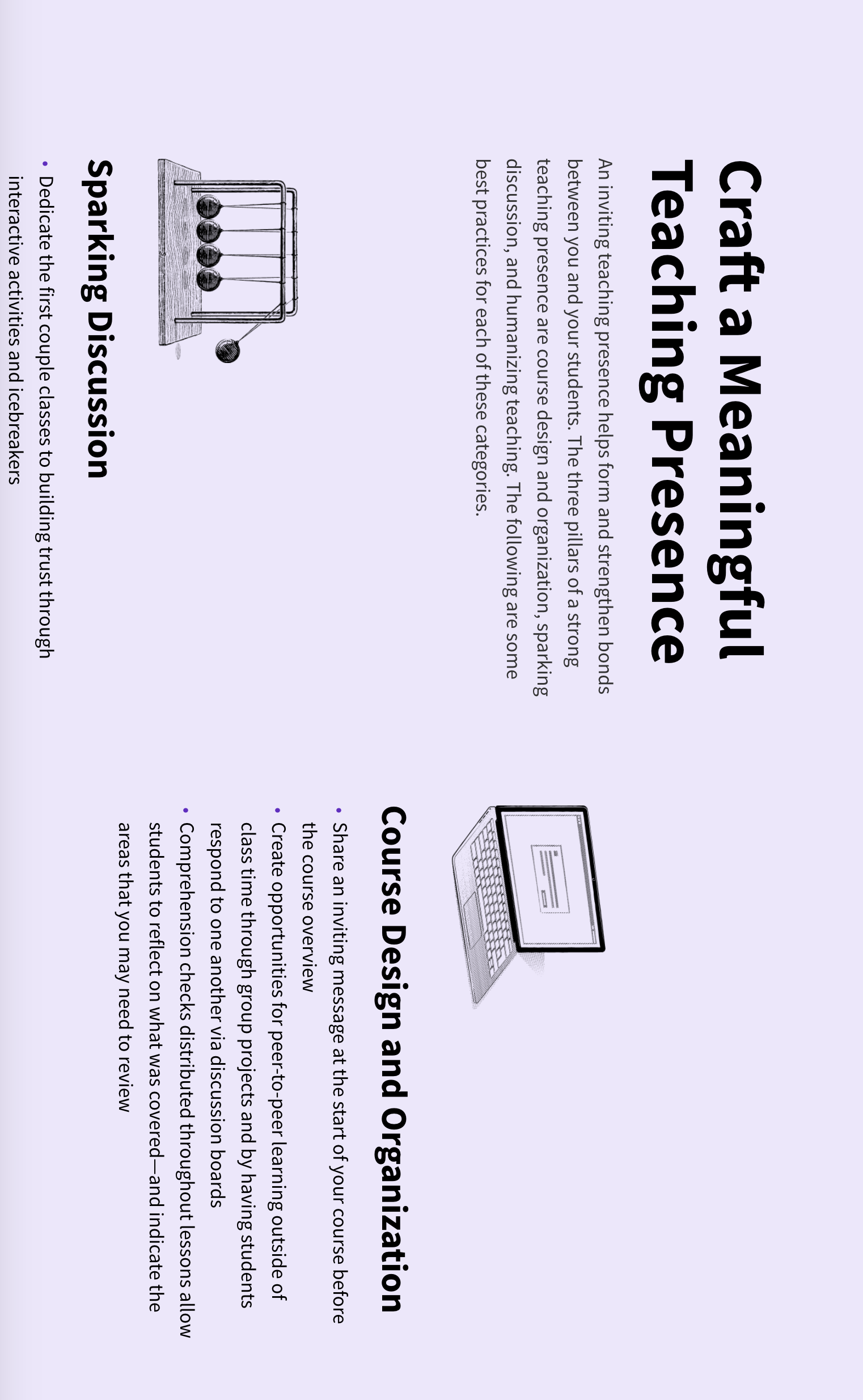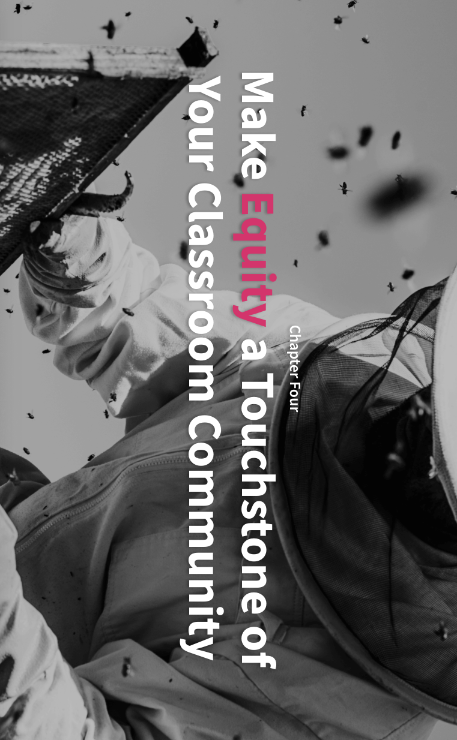

Free Guide
When it comes to student success, community is everything. The traditional college campus offers untold opportunities for students to connect with their peers and professors. That may have changed in 2020, but your ability to forge a sense of belonging among your students doesn’t have to.
Creating a sense of community in the virtual classroom has far reaching effects: Students are more engaged, they have a higher opinion of their institution and are more likely to return for the coming semester. Creating community may be one of the best means available, not only to keep students engaged but enrolled as well.
In this new guide, you’ll learn how to build an online learning community that will motivate and engage your students. Also included are tips and tools to make your virtual classroom more accessible, more empathetic, and, ultimately, more human.
The importance of creating community in the virtual classroom cannot be overstated. That’s why we’ve created this new guide that includes tools, activities and approaches you can use to get your students working and collaborating together. It’s never too late to inject that vital sense of community into your classroom.


